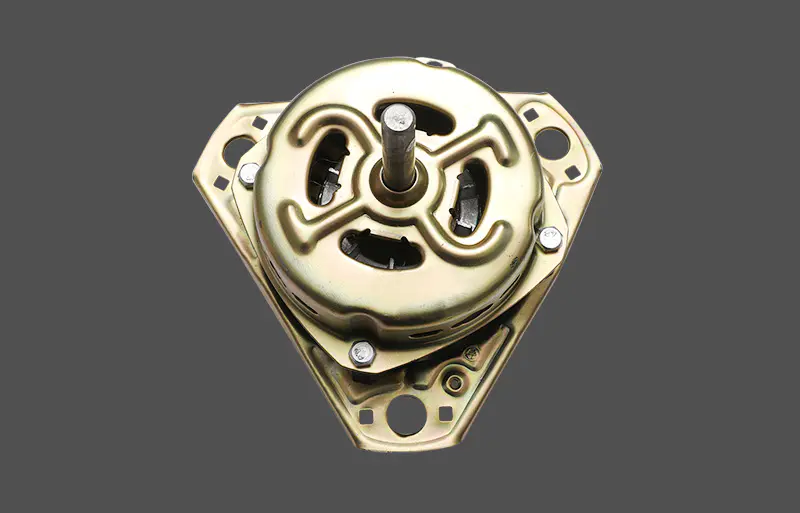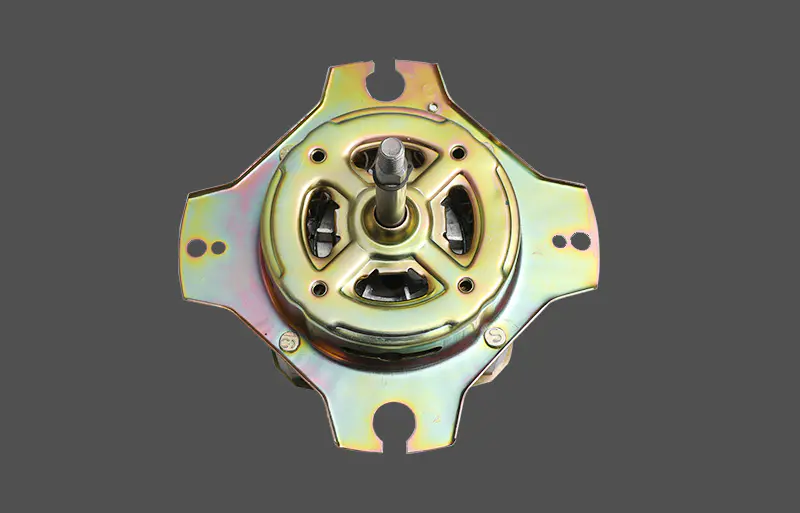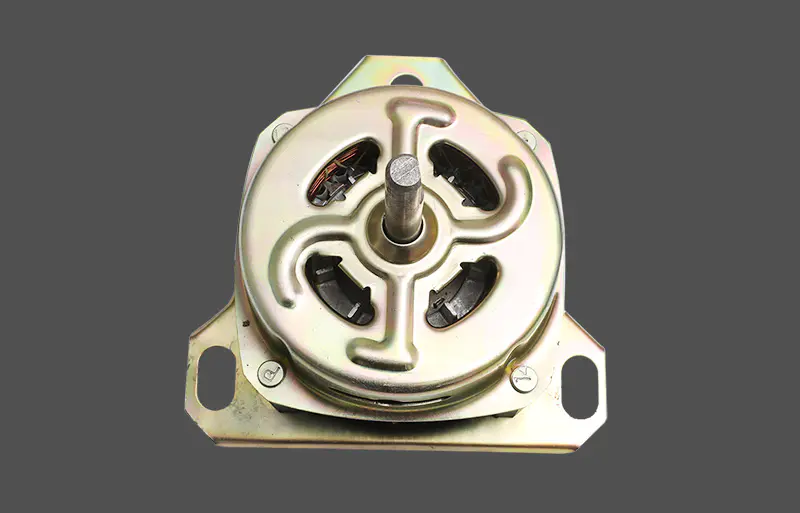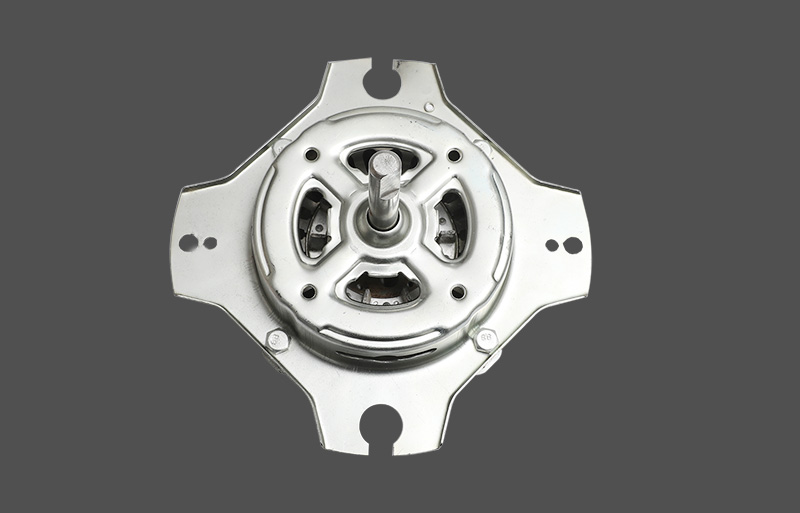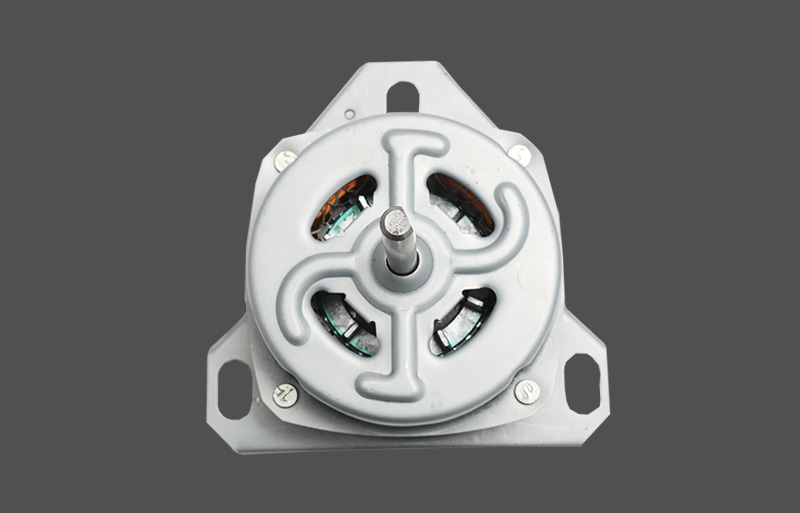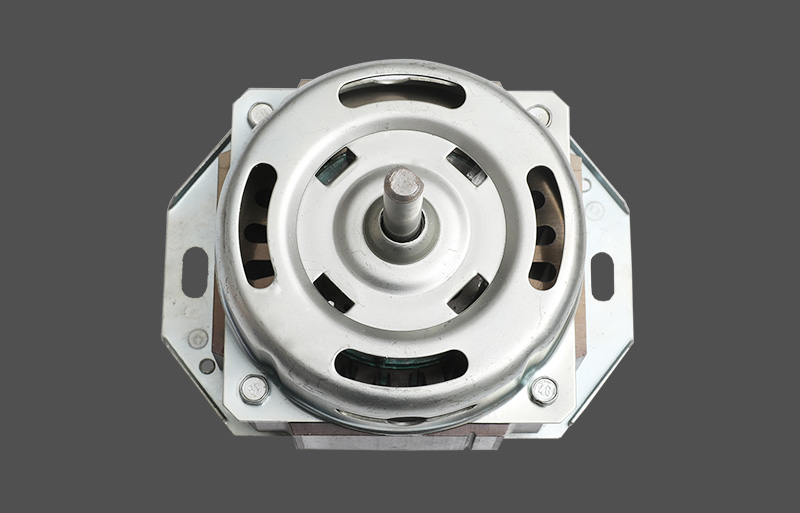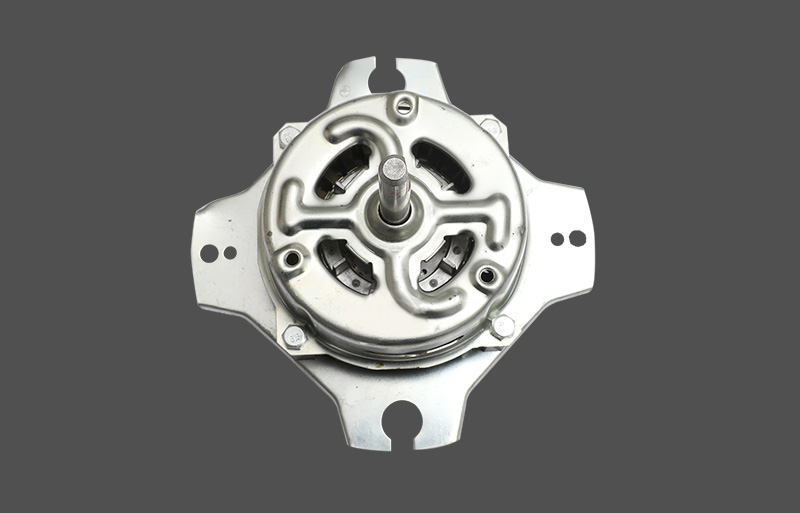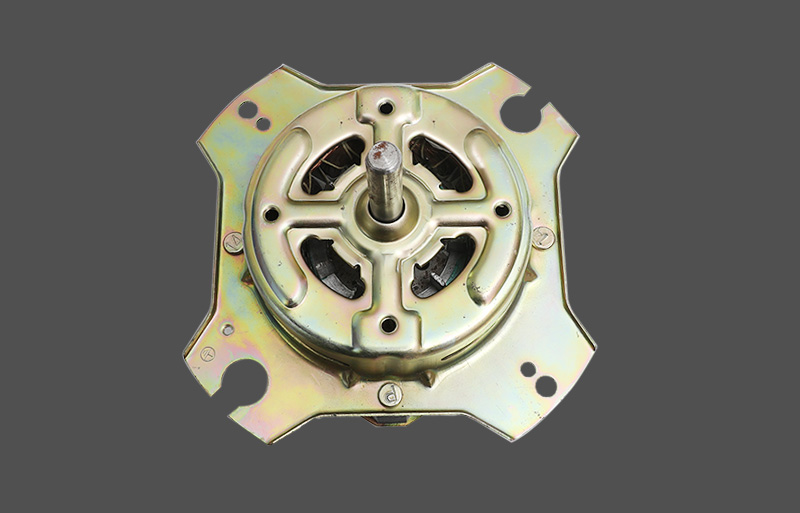Before the actual washing machine was invented, all laundry was done by hand. Without running water or electricity, even a small load of laundry took a lot of time and labor. One wash usually took about fifty gallons of water! The ladies doing the wash had to get water first from a well or a pump, then boil the water on the machine wash motors Washingstove, and pour it into a bucket or a wash boiler. She had to scrub every piece of clothing individually, rinse it, wring it out, and then hang it on the line to dry. Laundry was no easy task back then!
The early washing machines mocked the motion of a human hand on a washboard. This washer was first patented in the U.S. in 1846 and was in the Montgomery Ward catalogue. The first washers to use electricity were introduced in America around 1900. These washers had a motor which rotated a tub, however the problem with these was that the motor was not protected at all beneath the tub. This caused short circuits and shocks because water would drip onto the motor. By the time 1911 rolled around you could buy an oscillating washing machine with a sheet metal tub which was mounted on iron frames.
The manufacturers of the washing machine faced several challenges. They had to find a way to transfer power from the motor to the mechanism. Also, they had troubles finding a motor with enough starting torque, also ensuring that the user did not get shocked while using the washer. Some washers were belt driven, some were driven by chains, and some used gears and shafts. To overcome the resistance in starting up the washing machine, they used a 1/8or ¼ horsepower motor; these fractional horsepower motors would not burn out or overheat during the start up. The motors were usually manufactured by another company. Now, to avoid electric shocks the rotor of the machine was protected in housing with a fan to stop overheating problems.
The early washers had a large, heavy iron mechanism mounted inside the lid of the tub. By the 1920's they had replaced the awkward device by introducing a metal tub with reduction gears; by this time the wooden tub was no longer being made.
In the United States, the first company to embrace agitator technology was Maytag. The vertical alignment of these machines became the standard, replacing the horizontal rotating axis of the earlier style machines. Again, in the 1920's, white sheet metal was used to replace the copper tub and iron legs. By the 1940's enameled steel was used and was sold as being easier to clean and longer lasting than other finishes. This sheet metal was designed to extend below the motor mount.
The next expansion of the washing machine was the introduction accessories motor manufacturersand fitting of a clock-timer apparatus which allowed the washer to be set to run for a preset length of a wash cycle. Now the operator no longer needed to be a watchdog over the machine. Then, in the early 1950's, the American manufacturers were equipping machines with a spin-dry feature to replace the wringer, which could cause injury and catch hair and hands. In 1957 General Electric introduced a washing machine with push buttons to control the spin speed, wash temperature, rinse temperature and agitation speed.




